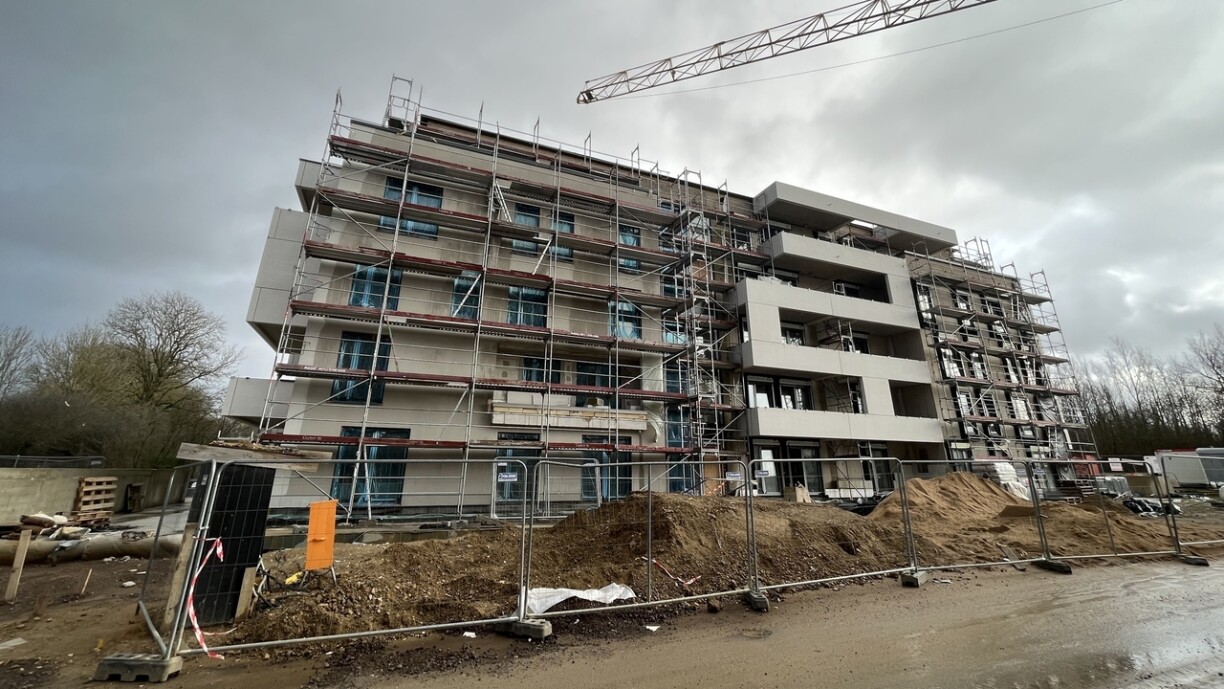
The figure marks the highest annual increase in close to 50 years. And the reasons for the elevated development costs are evident: high energy prices and high prices for building material have led to a marked increase in construction site costs.
At the moment, processes such as earth filling and the transportation of goods are becoming more expensive, as are the installation of garage doors, windows, and building faces.
Roofing has not become pricier. Wood prices have also stabilised, which means that costs for supporting structures are increasing more moderately than those of other crafts in the construction sector.
Inflation is further contributing to a price increase for fire insurance, which developers are required to have on construction sites.
Elevated development costs are not the only reason for the drop in demand on the housing market, though, as high interest rates also pose a significant challenge.
While more than 4,600 building permits were issued in 2021, that number decreased to 3,300 last year (-28%). The difference becomes even more apparent when compared to the 5,500 housing projects developed in 2018 and 2019.
According to Jean-Paul Scheuren from the Real Estate Chamber, real estate agencies and developers are particularly affected by this downward trend, which is why he is currently working on a demand for partial unemployment.
Read also: Fewer homes to be built in 2023 and 2024 despite shortageMinister for Housing Henri Kox has in the meantime confirmed that the government plans on buying projects from developers, which is hoped will prevent partial unemployment.
That will however only solve part of the problem. If less is being built, then craftspeople still have less work and that will become noticeable in a few months’ time, says Christian Reuter from the Federation of Craftspeople.
According to Reuter, businesses still have enough ongoing projects to retain their full workforce. Summer, however, is bound to make things more complicated, he said. So far, the question of partial unemployment has not been raised in the Federation of Craftspeople.